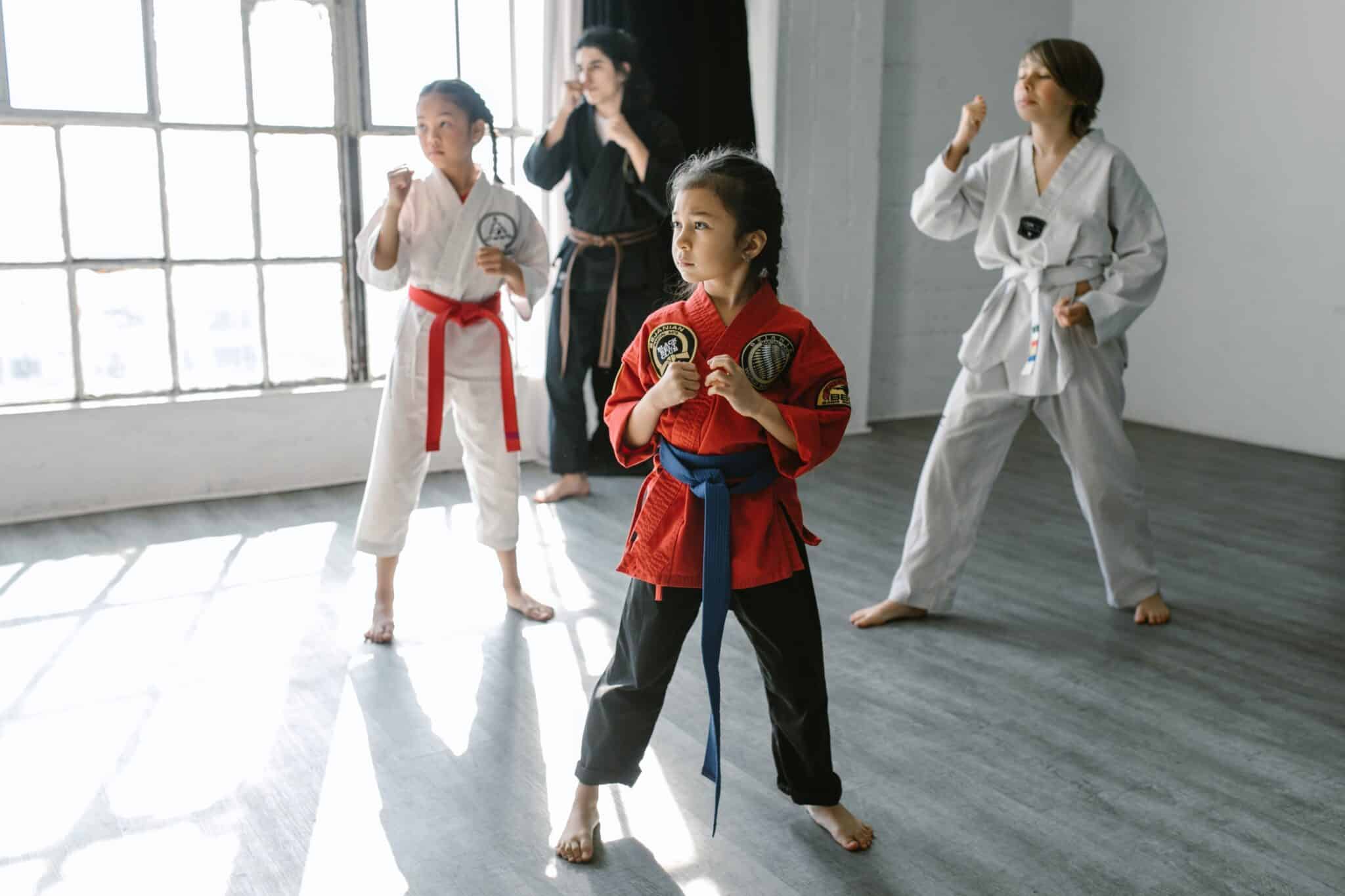The Middle Way in the Martial Arts

We have much to learn from traditional martial arts and much work to do to bring them into the 21st Century so that they are actively involved in the education of our young people. One of the most important elements in traditional Asian/Eastern martial arts is the concept of the “middle way.”
The middle way represents a balance between extremes — a natural, harmonious way of living. If we were to put this into modern terms, we would call the middle way the balance point between expression and repression. As an example, let’s look at the human emotion of anger. Fear is an underlying cause of anger. In order to reach an awareness and resolution of anger, we need to get to the fear — to see it and understand where it’s coming from. But we cannot see our fear if we are either expressing anger or repressing it.
Some people believe that expressing anger is healthy and that the person who is the “cause” of the anger needs to hear your anger, so he or she can understand how it affected you. There are advantages. Expressing anger may make you feel better, and the other person may learn what provokes your anger and hopefully not provoke it again. As a temporary measure, this can improve your relationship and everyone can learn something.
Some people feel that it’s better to repress anger, to assume a more pleasant demeanor — to avoid inspiring retaliation. In certain cases, repressing anger may be the appropriate thing to do — for example, when you’re in a social situation, where expressing anger might involve innocent people and make for an unpleasant situation.
Both of these options are worth considering. But in order to really learn from your anger, especially about what caused it, you need to take the “middle way” and neither express anger or repress it. In this way, you can live the wisdom of the underlying philosophy of the martial arts — as it was created long ago — a wisdom that has as great a value today as it did then in the martial art of self-understanding, of understanding the fear that is at the root of human conflict.
The middle way is living between the extremes of life — creating a balanced approach to life. Living the middle way does not mean you must be perfect. We are all too human to be perfect and totally free of the extremes. Living the middle way means that you have an “intent” to live a balanced life and that you approach every day with this intent. This kind of approach is what brings you back to center after you “fall off the horse,” make a mistake, or lose your way. It is based on reason and logic, and is an intuitive sense of “the appropriate thing to do.” It is a kind of “intelligence” — a guiding force at the core of all things within you
This middle way has been called by many names — the “Golden Mean” and “Yin and Yang.” Living the middle way is understanding how to refrain from any action that, in excess, will prove harmful. It is living in harmony with life’s natural forces.
When one learns and practices the martial arts, one needs to be in tune with this middle way because without it the “martial” may outweigh the “art” on one side, and conversely the “art” may outweigh the “martial” on the other. In balance, they are in harmony, creating a holistic endeavor that is even-handed, reasonable and stable allowing one to act without bias in times of potential conflict.
It is the guiding factor that knows what the intelligent thing to do is in a given situation. It blends the polarity of opposites to create stability to one’s life especially in times of crisis. It balances views so one can see the full spectrum of alternatives needed to make fair and sensible decisions. It creates a calm perspective in chaos like the eye of the storm allowing one to act decisively and with clarity of mind. This is especially important in the martial arts when we face adversity and need to act with rationality instead of brutality.